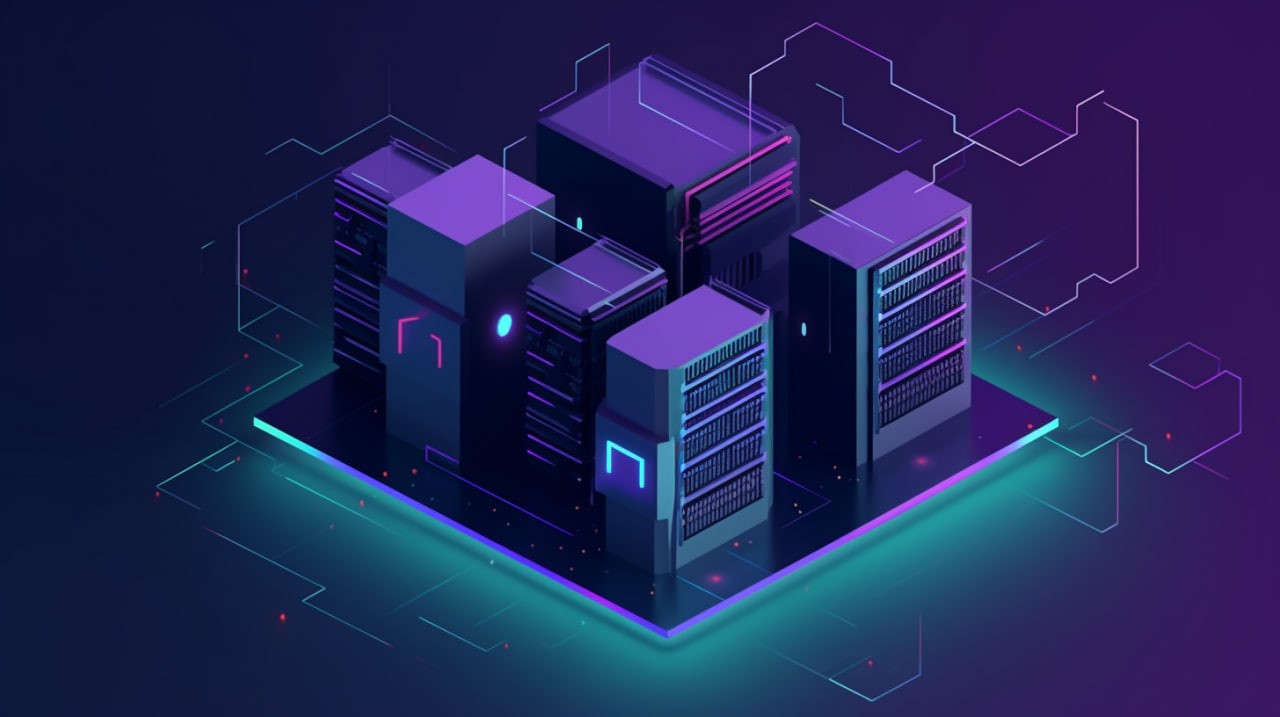Hashvalue Launches AI-Powered Hashrate Scheduler to Optimize Mining Resource Allocation

Hashvalue announced the launch of a cutting-edge AI-driven hashrate scheduling system designed to intelligently allocate mining resources and optimize operational efficiency across decentralized mining environments. This technological milestone ushers in a new chapter in smart mining orchestration, combining automation, data prediction, and energy awareness.
The AI scheduler functions as an autonomous orchestration engine, continuously analyzing real-time network conditions, token profitability, energy cost curves, and hardware utilization across nodes. By learning from historical mining data and forecasting usage patterns, the system dynamically redistributes hash power to maximize yield while minimizing latency and energy waste.
Key components include machine learning-based decision trees, predictive load balancing modules, and reinforcement learning loops that fine-tune allocation protocols based on continuously evolving metrics. The AI adjusts to market events—such as difficulty swings, liquidity bottlenecks, or reward halvings—within milliseconds, enabling mining platforms to stay ahead of volatility.
In practice, the new system enables mining rigs to respond contextually to resource demand, shifting from static allocation models to adaptive tasking in both solo and pooled mining environments. Devices running on the AI framework report improved uptime consistency, reduced overprovisioning, and higher per-watt yield performance.
One of the most notable features is the algorithm’s integration with decentralized telemetry feeds. These feeds provide up-to-the-block insights on network congestion, regional energy grid loads, and consensus layer throughput—all of which inform the scheduler’s optimization logic in real time.
Hashvalue has also prioritized transparency and interoperability. The AI scheduler exposes operational logs and scheduling outcomes via a user-facing dashboard. Users can visualize node performance, resource weightings, and event-triggered reallocation histories—allowing for granular insight and fine-tuned policy control.
To encourage adoption, the scheduling system is offered via modular APIs that allow integration into third-party mining platforms, data centers, and private node operations. It supports both GPU and ASIC configurations, and is optimized for proof-of-work, hybrid, and evolving consensus protocols.
Early tests within Hashvalue’s cloud mining clusters showed efficiency gains of up to 46%, along with a 31% decrease in idle time. These improvements are attributed to the system’s proactive throttling of underperforming units and rerouting tasks toward nodes with optimal energy-to-hash ratios.
Sustainability remains central to the AI deployment. The system factors in carbon intensity data from energy suppliers, aligning hashrate boosts with greener grid conditions. It also flags high-emission nodes for energy audits and suggests migration schedules based on environmental impact scoring.
An engineer from Hashvalue’s infrastructure division explained, “This is about transforming mining into a data-optimized function. We’ve taught the system to make complex decisions at scale without human intervention—balancing performance, energy, and real-time market realities.”
Looking forward, Hashvalue plans to release machine learning extensions that allow self-upgrading scheduling logic as more data is collected. Future iterations will incorporate smart contract integration for programmable incentives and energy governance triggers.
By embedding AI into the core of mining infrastructure, Hashvalue is not only optimizing digital asset production—it’s reshaping how next-generation blockchain ecosystems interact with resources, economics, and sustainability imperatives.
More Related News

HashValue Report: Decentralized AI Tokens Gain Mining and Investor Focus

HashValue Unveils Crypto Mining Risk Alert System, Flags 3 Volatile Tokens

HashValue Builds a Bridge: Perfectly Integrating Cryptocurrency Purchase and Sustainable Cloud Mining


 English
English
 Deutch
Deutch
 Espanol
Espanol
 Francais
Francais
 Italiano
Italiano
 Dutch
Dutch
 Portugues
Portugues
 Русский
Русский
 Svenska
Svenska
 日本
日本
 한국인
한국인
 Türk
Türk